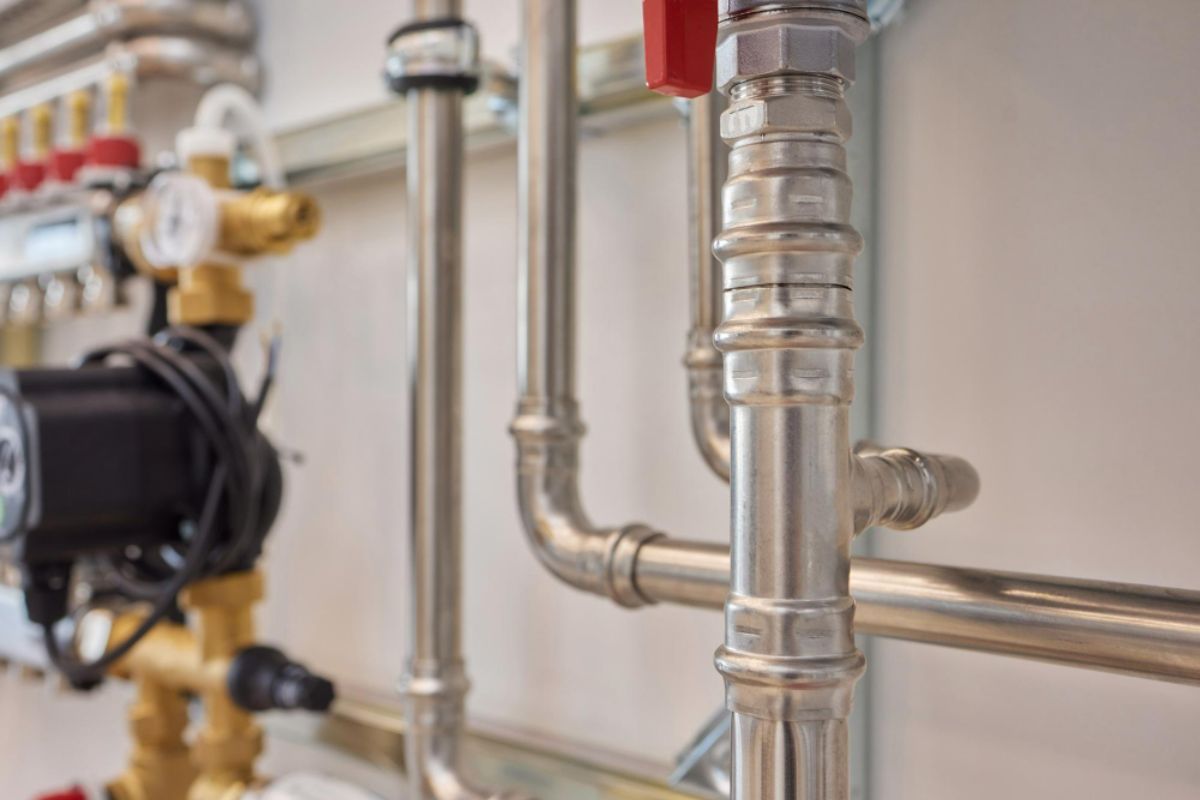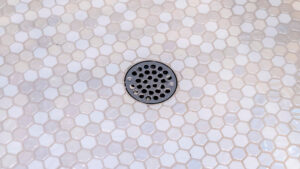As homeowners increasingly seek ways to enhance the safety and efficiency of their homes, the home pipe monitoring system has emerged as a critical component of modern plumbing solutions. With the integration of smart technology into households, these systems offer real-time data and alerts that can prevent potential plumbing disasters and promote water conservation.

What is a Home Pipe Monitoring System?
A home pipe monitoring system comprises sensors and digital technology that track the condition and performance of plumbing pipes in a residential setting. By providing real-time feedback, homeowners can detect leaks, pressure changes, or unusual flows, allowing for timely maintenance and repairs.
Why You Need a Home Pipe Monitoring System
The necessity of a home pipe monitoring system is driven by several factors:
Preventing Water Damage
Water damage can cost thousands in repairs and replacements. Monitoring systems can detect leaks early, providing alerts before major damage occurs. According to an article on pipe leaks, early intervention can significantly reduce damage costs.
Enhancing Water Conservation
Water is a precious resource, and a home pipe monitoring system can help in conserving it by identifying wasteful leaks and inefficient water flows. As noted by Dolphin Fluidics, smart valves and monitoring systems play a significant role in efficient water management.
Increasing System Longevity
Regular monitoring helps in maintaining the health of your plumbing system, thereby increasing its longevity. Regular updates and data can lead to timely decisions for maintenance and part replacements.
How Does a Home Pipe Monitoring System Work?
The system uses an array of sensors placed at strategic points in the plumbing network. These sensors collect data such as pressure changes, temperature fluctuations, and flow rates. The data is then processed and alerts are sent out if the system detects anomalies indicating leaks or blockages.
Sensors and Smart Technology
Sensors are the backbone of this monitoring system. With advancements in smart valve technology, these sensors can now be more accurate and reliable. They continuously monitor the conditions within the pipes and provide real-time data.
Data Analysis and Alerts
The data collected by the system is analyzed through advanced algorithms, which help in understanding any irregularities in the system. Alerts can be configured to be sent through various mediums such as SMS, emails, or mobile app notifications.
Installation and Maintenance of Home Pipe Monitoring Systems
Installing a home pipe monitoring system involves assessing your current plumbing layout, sensor placement, and integration with existing smart home systems. Regular maintenance checks and updates are essential to ensure the system’s efficiency.
Professional Installation
Due to the complexity of these systems, professional installation is recommended. Experts ensure that the system is installed correctly, and all components are working harmoniously.
Monitoring System Maintenance
Regular checks and software updates are necessary. Collaborating with professional services can provide peace of mind and ensure your system is always up to date.
Costs and Return on Investment
The initial investment in a home pipe monitoring system might seem substantial, but the savings in water bills and emergency repair costs can provide a healthy return on investment over time.
Initial Costs
Typically include the purchase of the monitoring system, installation fees, and any additional components necessary for full functionality.
Long-Term Savings
Long-term savings come from reduced water bills due to efficient water use and minimized repair costs from early detection of issues.
Challenges in Implementing a Home Pipe Monitoring System
While beneficial, there are challenges such as compatibility issues with older plumbing, the need for regular maintenance, and potential initial costs that may deter some homeowners.
Compatibility Issues
Older homes with outdated plumbing systems might face compatibility challenges. An assessment by professionals can help address these issues efficiently.
Maintenance Requirements
The need for ongoing maintenance and updates can be seen as a downside, requiring time and potentially ongoing costs to keep the system running optimally.
Conclusion: The Future of Plumbing
The integration of a home pipe monitoring system represents the future of home plumbing, where technology meets necessity in preserving resources and ensuring home safety.

FAQs
What are the benefits of a home pipe monitoring system?
Home pipe monitoring systems offer numerous benefits including early detection of leaks, enhanced water conservation, and improved longevity of the plumbing system.
How often should a home pipe monitoring system be updated?
It is recommended to update the system software as per the manufacturer’s guidelines and perform regular maintenance checks to ensure optimal performance.
Can older homes benefit from home pipe monitoring systems?
Yes, older homes can benefit from these systems, though they might need additional compatibility assessments and possibly upgrades to integrate the monitoring system effectively.
This article contains affiliate links. We may earn a commission at no extra cost to you.




